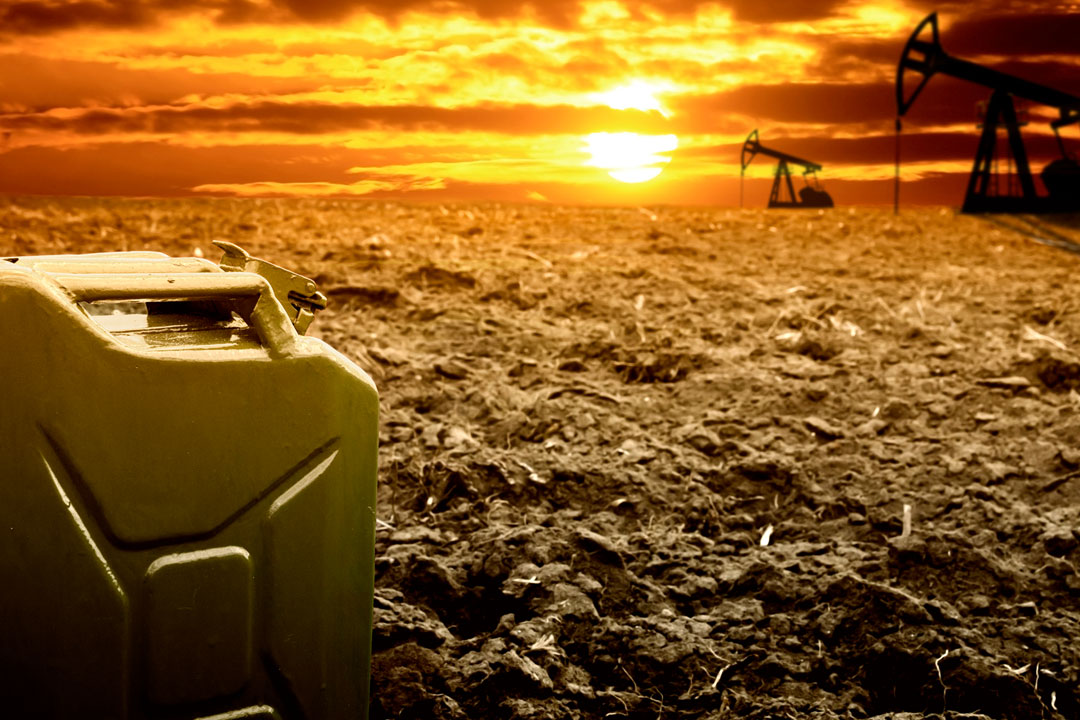
Oil and water: university researchers say better monitoring needed to secure vital groundwater supplies
SASKATOON – When it comes to groundwater quality, fracking receives much of the public attention but misses most of the picture, according to hydrogeologists Jennifer McIntosh from the University of Arizona and Grant Ferguson from the University of Saskatchewan (USask).
“There’s a critical need for long-term—years to decades—monitoring for potential contamination of drinking water resources not only from fracking, but also from conventional oil and gas production,” McIntosh said.
Fracking, also known as high-volume hydraulic fracturing (HVHF), is the practice of injecting liquid under high pressure into petroleum-bearing rock formations to produce fractures or cracks that allow recovery of oil and natural gas. But it’s a smaller player in the underground water scene.
“The amount of water injected and produced for conventional oil and gas production exceeds that associated with fracking and unconventional production by well over a factor of ten,” McIntosh said.
While groundwater use varies by region in both countries, about 30 per cent of Canadiansand more than 45 per cent of Americansdepend on the resource for their municipal, domestic, and agricultural needs. In more arid regions of Canada and the United States , surface freshwater supplies are similarly important.
The researchers’ work appears in an issue paper published in the journal Groundwater. It looks at the relatively new practice of fracking alongside established activities such as enhanced oil recovery (EOR) and saltwater disposal that have been around almost as long as the oil industry itself.
As its name implies, EOR involves injecting water into petroleum-bearing rock formations to “push” the oil and gas toward extraction wells to enhance production. Saltwater is produced as a by-product of petroleum production, and while it is used for EOR, any excess must be disposed of, typically by injecting it into depleted formations.
There are regulations governing the petroleum industry with regard to groundwater, but information about what is happening underground varies by province and state. Some jurisdictions keep excellent data while for others it’s virtually nonexistent. Despite this, Ferguson said they can make some observations.
“I think the general conclusions about water use and potential for contamination are correct, but the details are fuzzy in some areas,” said Ferguson, a researcher with USask’s Global Institute for Water Security. “Alberta probably has better records than most areas and the Alberta Energy Regulator has produced similar numbers to ours for that region. We saw similar trends for other oil and gas producing regions but we need better reporting, record keeping and monitoring."

Both fracking and conventional practices can affect groundwater and surface water used to make up volumes when there isn’t enough from other sources to continue petroleum production.
McIntosh and Ferguson looked at how much water was and is being injected underground by petroleum industry activities, how they change pressures and water movement underground, and how these practices could contaminate groundwater supplies. They also compared fracking with the older practices.
What they found is that there is likely more water now in the petroleum-bearing formations than there was to begin with due to EOR, and this has changed the behaviour of liquids underground. The concern is that this increases the likelihood of contaminated water making its way into aquifers—the freshwater-bearing formations on which so many communities depend.
Potential effects can be felt far from petroleum-producing regions. For example, previous studies show that operation of disposal wells can cause seismic activity detectable from more than 90 kilometres away. Conventional activities, while they use lower pressures, take place over longer periods of time and may allow contamination over greater distances.
Another wild card is that there are thousands of active, dormant, and even abandoned wells across North America. Some of these are leaky or improperly decommissioned, providing possible pathways for contamination from petroleum-producing formations into freshwater aquifers.
While there is some effort to deal with this problem through organizations such as Alberta’s Orphan Well Association, there is little consensus as to the size of the problem. Ferguson said depending which source is cited—highly speculative based on per-well decommissioning costs—the price tag ranges from a few billion to a few hundred billion dollars.
“We haven’t done enough site investigations and monitoring of groundwater to know what the liability really looks like,” he said. “My guess is that some wells probably should be left as is and others are going to need more work to address migration of brines and hydrocarbons from leaks that are decades old.”
-30-
For more information contact:
Mark A. Ferguson
Communications Specialist
Global Institute for Water Security
University of Saskatchewan
306-966-7135
mark.ferguson@usask.ca

